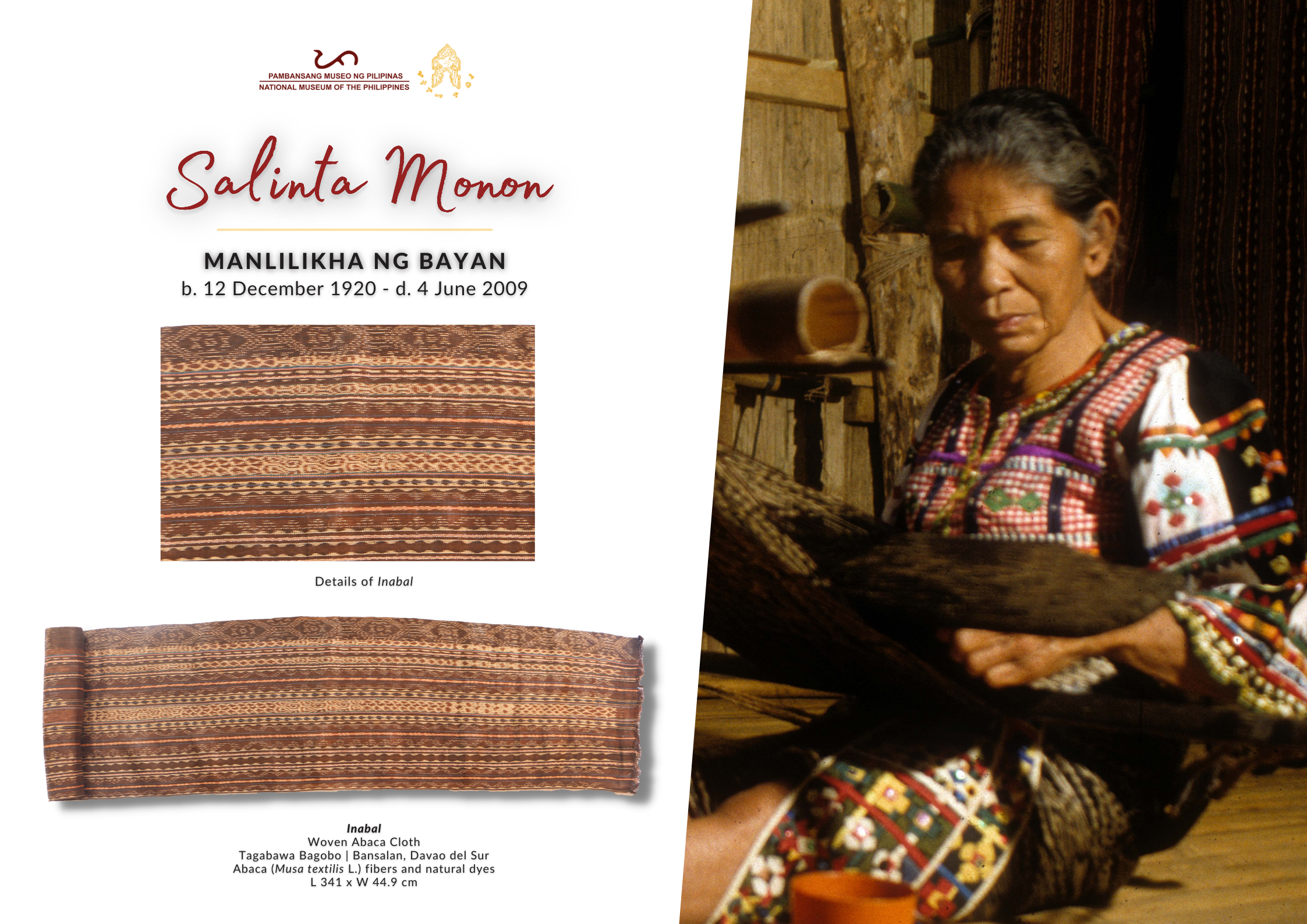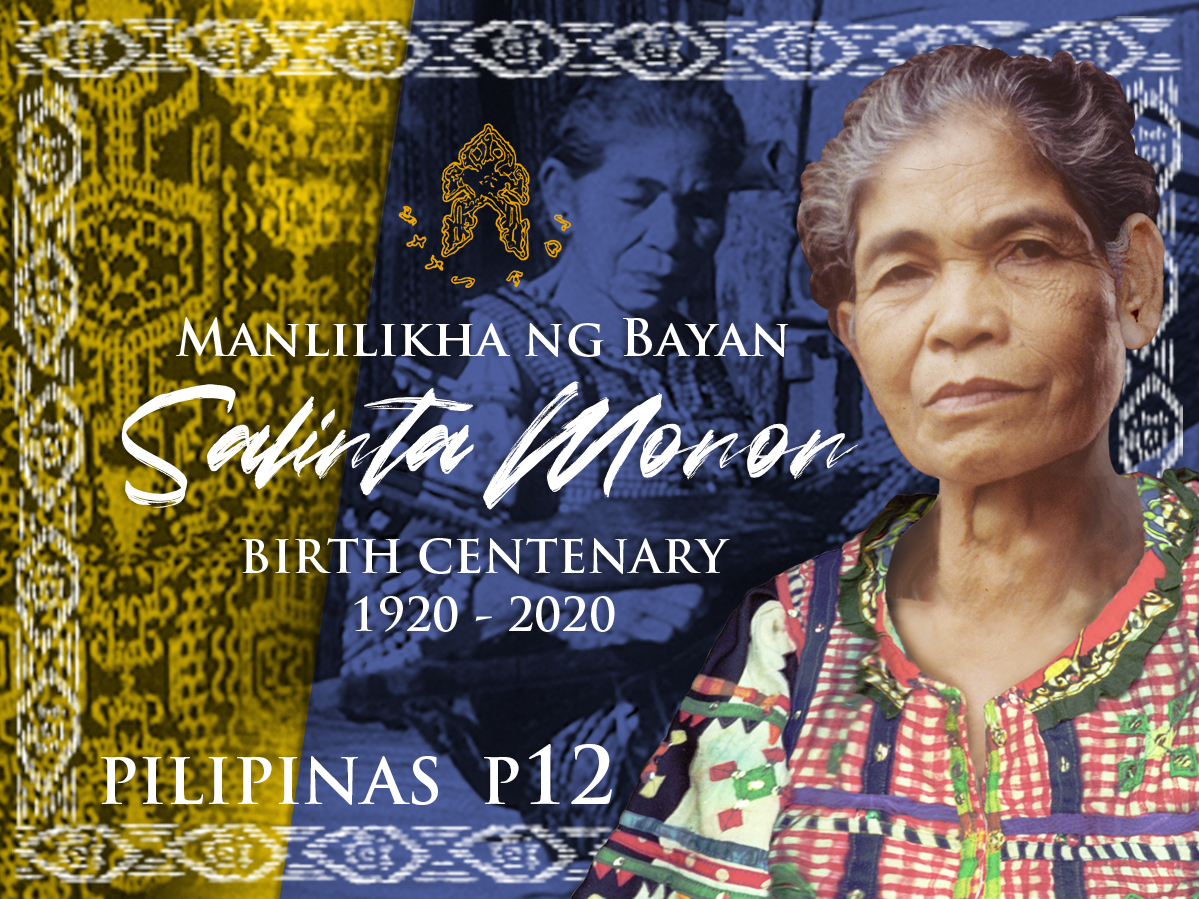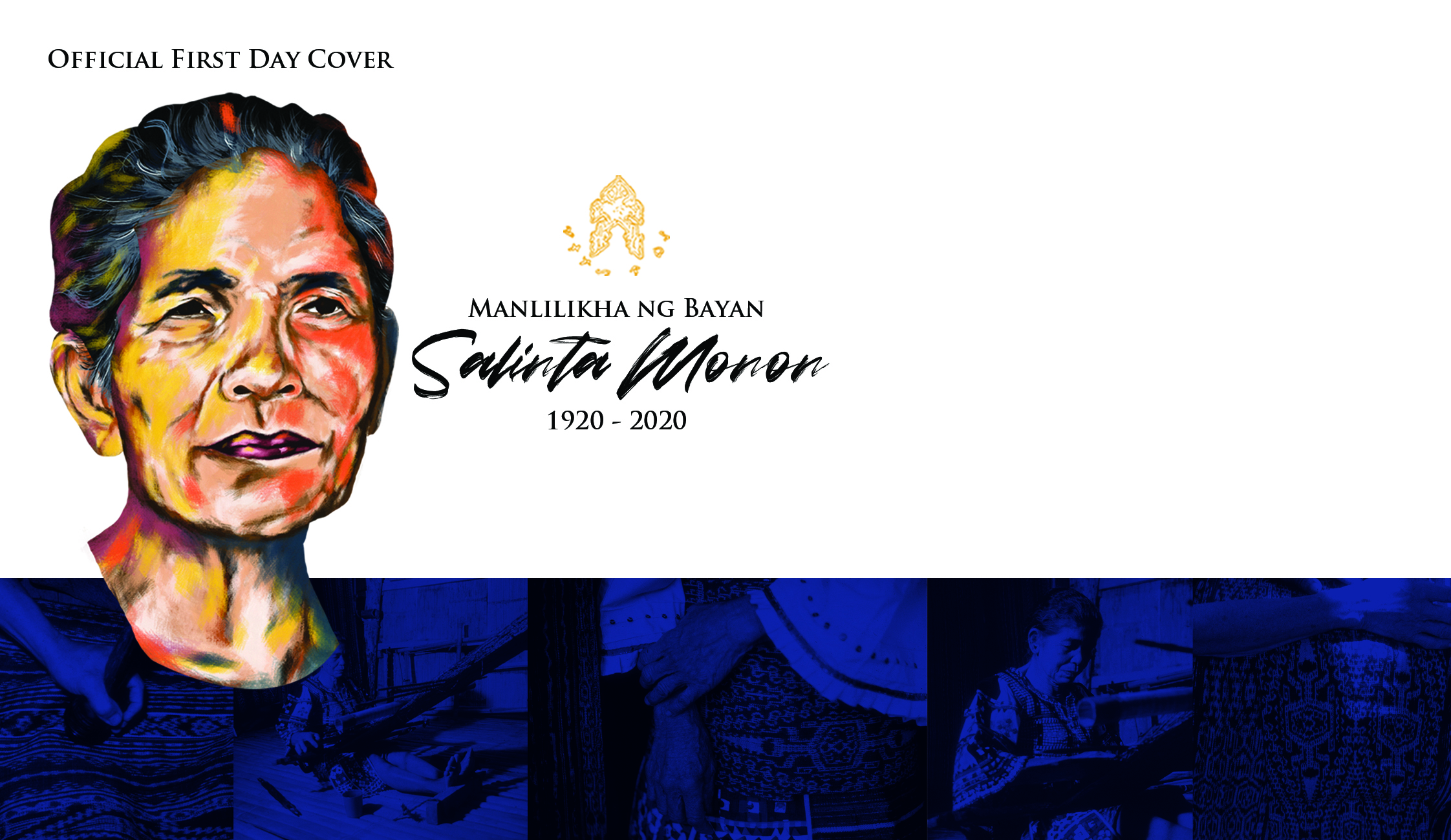Birth Anniversary of Ireneo Miranda
The #NationalMuseumPH celebrates the 125th birth anniversary of watercolorist, illustrator, and cartoonist Ireneo L. Miranda born #OnThisDay in 1896.
Ireneo L. Miranda (1896-1964) belonged to the classical realist school that promoted the classical canons of beauty, harmony, and proportion from the 1920s to the 1940s. While his contemporaries worked primarily with oil, Miranda mastered the watercolor medium. He was also an illustrator and cartoonist. He designed labels and advertisements and taught cartooning and commercial design. Miranda became known as the “Dean of Philippine Cartoonists.”
His works in the National Fine Arts Collection consist of watercolor and oil on canvas portraits of personalities. One of them is an oil painting “Portrait of Maria Lourdes L. Estella (1929-2018)” created in 1952. The sitter, Maria Lourdes Estella was around 23 years old, studying painting at UP under Miranda, when this work was completed. This was formerly labelled as “Portrait of a Lady”, but in 2020, the #NationalMuseumPH was able to correct the title after one of the relatives of the sitter submitted pertinent documents and photographs for verification. It is currently on exhibit at the National Museum of Fine Arts, Gallery IX: Early 20th Century Philippine Portrait Hall.
Miranda studied at the UP School of Fine Arts and worked as an assistant illustrator at the Bureau of Printing at the same time. After graduation, he landed a job at the Pacific Commercial Company as a designer for product labels and illustrator for advertisements. In 1918, he became an assistant instructor at the UP School of Fine Arts. He taught decorative painting, cartooning, and commercial design until 1916. Among his students were National Artist Carlos Francisco (1912-1969), National Artist Cesar Legaspi (1917-1994), and Carlos Valino, Jr. (1926-2008). He also worked at the Brown and Rossedel Advertising Co. in 1920 as an illustrator creating caricatures and watercolor works for magazines and newspapers.
He also did several portraits. Some of these feature personalities such as fellow artists Nena Saguil (1914-1994), Fabian de la Rosa (1869-1937), and National Artist Abdulmari Imao (1936-2014) as well as former Senator Santanina Tillah Rasul (b. 1930). His daughter, Irinea, occasionally sat for him for his paintings and sketches. An accident in 1953 that resulted in a fracture of his arm bone made him unable to paint for some years.
The acclaimed “Dean of Philippine Cartoonists,” Ireneo Miranda, died of a heart attack on March 21, 1964.
We are now open! To visit the National Museum of Fine Arts (NMFA), you may book a tour on the NMP through this website. Please note the guidelines for visiting. You may also view the 360 degrees virtual tour of select NMFA galleries on the link https://www.nationalmuseum.gov.ph/nmfa360/HTML5/NMFA360.html. See you at your National Museum!
#IreneoMiranda
#OnThisDay
#BeatCOVID19
Text by NMP-FAD
Photo by Bengy Toda
© National Museum of the Philippines (2021)

















